A traditional or normal pasty is shaped like a dinosaur, has minced meat, vegetables and potato and the contents of the pasty are cooked prior to being wrapped in the pastry.
What is the difference between a Cornish pasty and a normal pasty?
Traditional or Cornish? In this video, I will show you how to make a traditional pasty. The reason I call it a traditional pasty is because it’s not made in Cornwall and it contains mince and vegetables as opposed to chunks of meat and potato. Great step by step video so you can create your own traditional pasty from home.
How do you eat a Cornish pasty?
The traditional Cornish pasty, also known as an empanada can be served on a plate as a main meal accompanied by baked beans, or vegetables like cabbage, Carrots, and peas. Also served with mashed potatoes and gravy.
The Cornish pasty was the ideal pack lunch for miners, the thick crust around the half-moon shaped pasty was ideal to hold whilst eating the pasty and as their hands were generally dirty from digging the mines this way of eating the pasty was a way to prevent contaminating the main part of the pasty. The crust was then dispersed of.

Different in shape and ingredients the traditional beef pasty can also be served on a plate. Again with baked beans or vegetables and a choice of potato ( traditionally mashed potato) and gravy if so desired. These pasties are fast becoming popular as part of a good to go magic box.
Is the Traditional pasty really Cornish?
Early records show that around 1746 and even earlier in the 16th century, the first resemblance to a Cornish pasty was created.
The Original pasty although made with a different filling originated in France where the name comes from the French word paste meaning pastry.
Also named by the tin miners as an oggie. It is where the chanting oggie oggie oggie comes from, used as a calling by the miner’s wives informing them dinner was ready. The traditional pasty was also later known as a TIDDY OGGY. When potato was added. Tiddy meaning potato and Oggy meaning pastry.
These were commonly half filled with jam and transforming this package into a main course and desert all in one package. depending on which side you started to eat would decide whether you had desert or mains first.
Some useful kitchen Gadgets for pasties
Can you call a Cornish pasty if it's not made in Cornwall?
The Cornish pasty association, (yes it does actually exist). Has stated that Cornish pasties can be made anywhere in the country but to call it a Cornish pasty it must be prepared in Cornwall.
In general conversation it is easier to speak of items using their commonly known names saving time in trying to explain differentials. However, when it comes to promoting products for sale, you could be treading on thin ice as many cultures can be very protective of their products. You could also infringe upon false product description bringing you into confliction with consumer rights stipulations.
What's inside a Cornish pasty?
The main ingredients for a Cornish pasty are Diced or sliced beef, Swede also known as rutabaga or yellow Turnip, Potatoes, Onions and salt and pepper. These ingredients were wrapped raw (unlike traditional pasties) in the pastry then baked in the Oven
Traditional pasty recipe
Ingredients
- Carrots x 1lb
- Onions x 1
- Puff pastry x3lb
- Salt and pepper to taste
- Olive oil x 2 tbls
- Minced Beef x 3lb
- Potatoes x 2lb
- Fresh swede x 1lb
- Water to cover
- Rosemary (optional)
Preparation.
To begin, cut all the fresh vegetables into small dice. Approximately the same size as the minced beef. This will help it cook faster and break down becoming amalgamated with the minced beef when cooking.
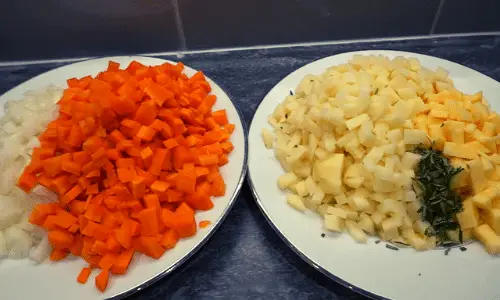
Add the minced Beef to a hot saucepan with the olive oil in the bottom. Give it a good stir to break up the mince and allow to cook for a few minutes before adding the rest of the ingredients.
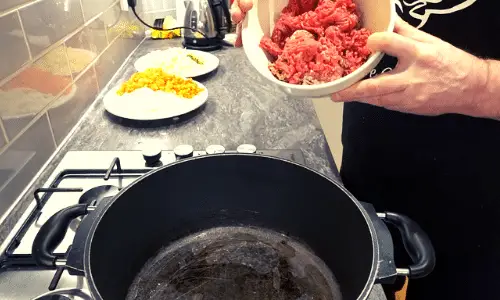
Add all the diced vegetables. Season with salt and pepper and stir to mix with the minced Beef. Allow to cook for 10 minutes, stirring regularly to prevent it burning at the bottom of the pan.
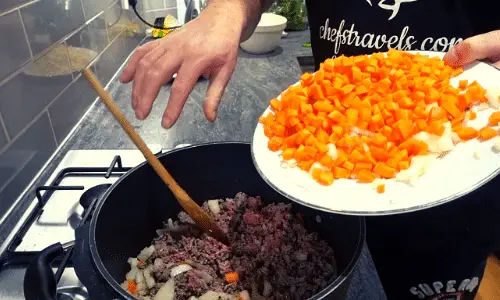
Pour in the boiling water to about 3inches above the mix. Bring to the boil then turn down the heat and allow to simmer for about 1 hour. Stir regularly to prevent from burning. After 1hour cooking remove from heat and allow to cool.

Roll out the puff pastry and cut out circles to whatever size you would like your pasties to be. Make sure to use plenty of flour when rolling out your pastry as this will help prevent it sticking to the work surface.
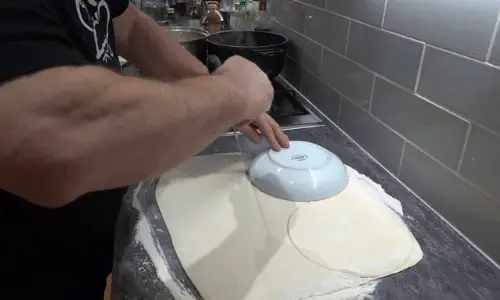
When the mixture has cooled, begin filling your pastry circles. Not too full as they could explode but be generous as there is nothing worse than biting into an empty pasty. Using a brush water, the edges of the pastry.
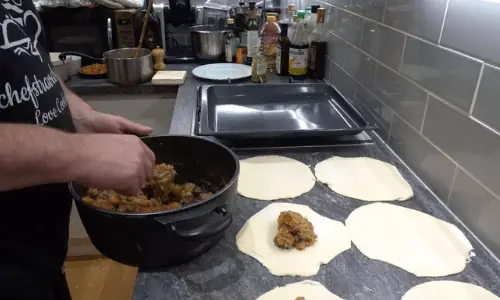
Mould your pastry into traditional pasty shape making sure to crimp the pastry together firmly. Brush with egg wash and place in a pre-heated oven 180c for approximately 20 minutes or until golden brown in colour.
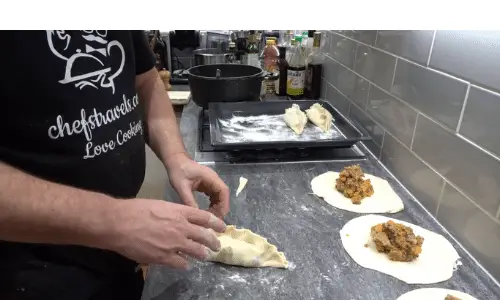
Remove the pasties from the oven when cooked and serve hot or cold. The rest is down to you. Bon Appetit and thank you for using this recipe.

Related posts

Kevin Harrington is a keen photographer, blogger, and professional chef for over 40 years. With a passion for cooking and travel, Chefstravels was born. Thank you for visiting my site and I wish you every success in what you do.
Chefstravels is a free website. We are not sponsored, and all our reviews and recommendations are from research and personal experience. many of our links are affiliate links, this means we may get small commissions on purchased items at no extra expense to you. This helps support our channel so we can bring you more free information that might help you decide where you would like to go next.
https://www.paypal.com/paypalme/chefstravels
Any donation is greatly appreciated. Thank you for your support.



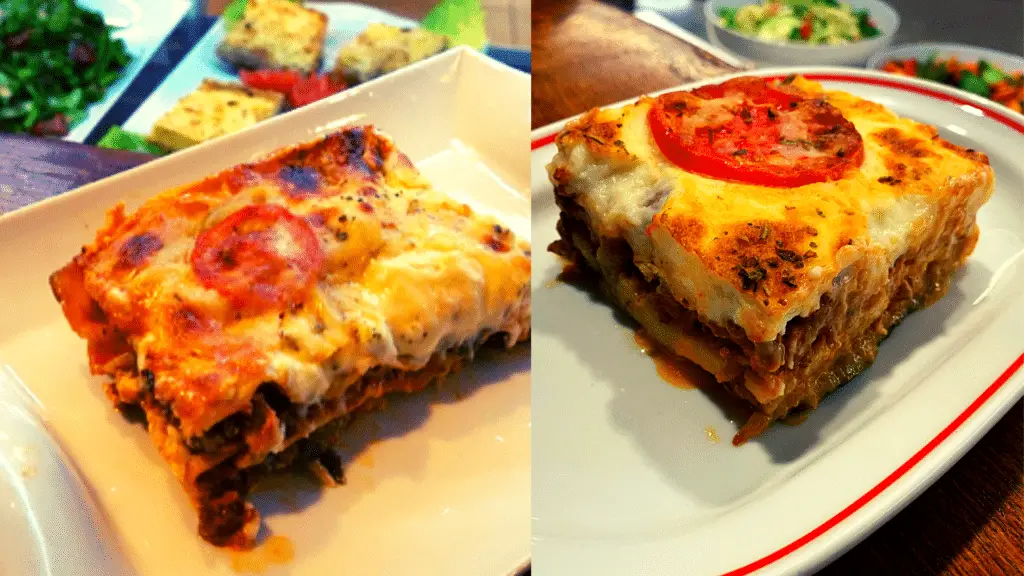
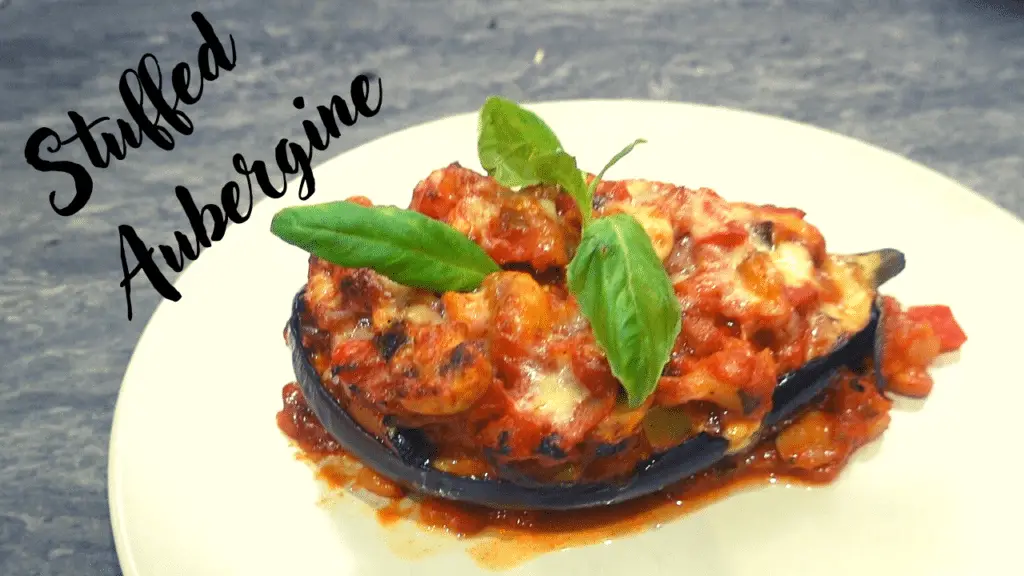

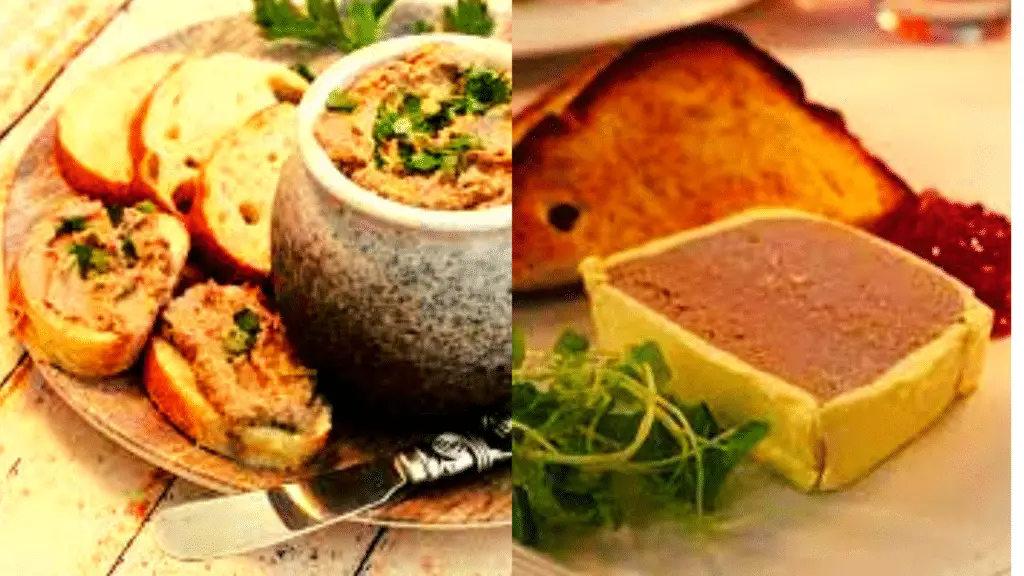


5 thoughts on “What is the difference between a Cornish pasty and a normal pasty?”